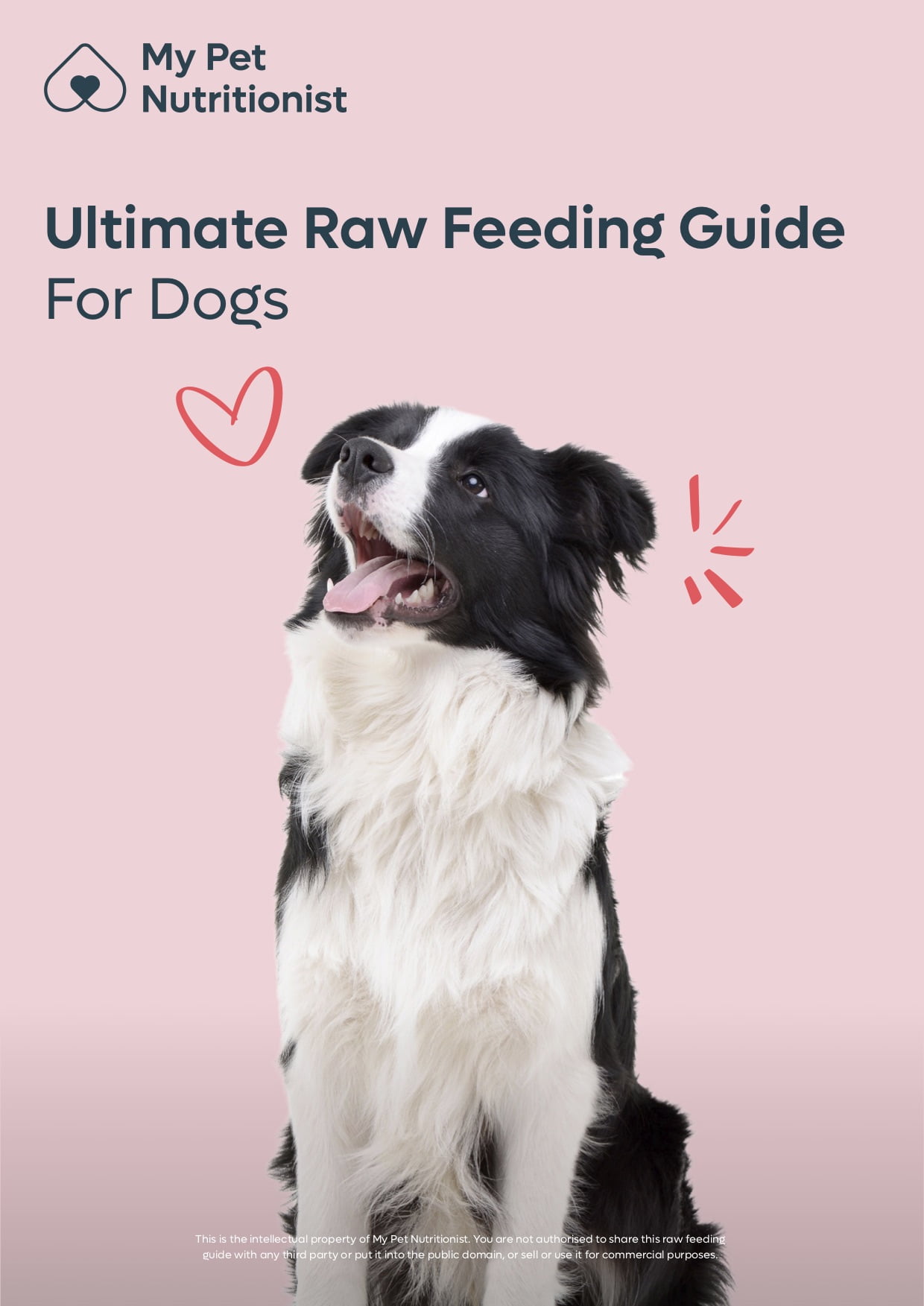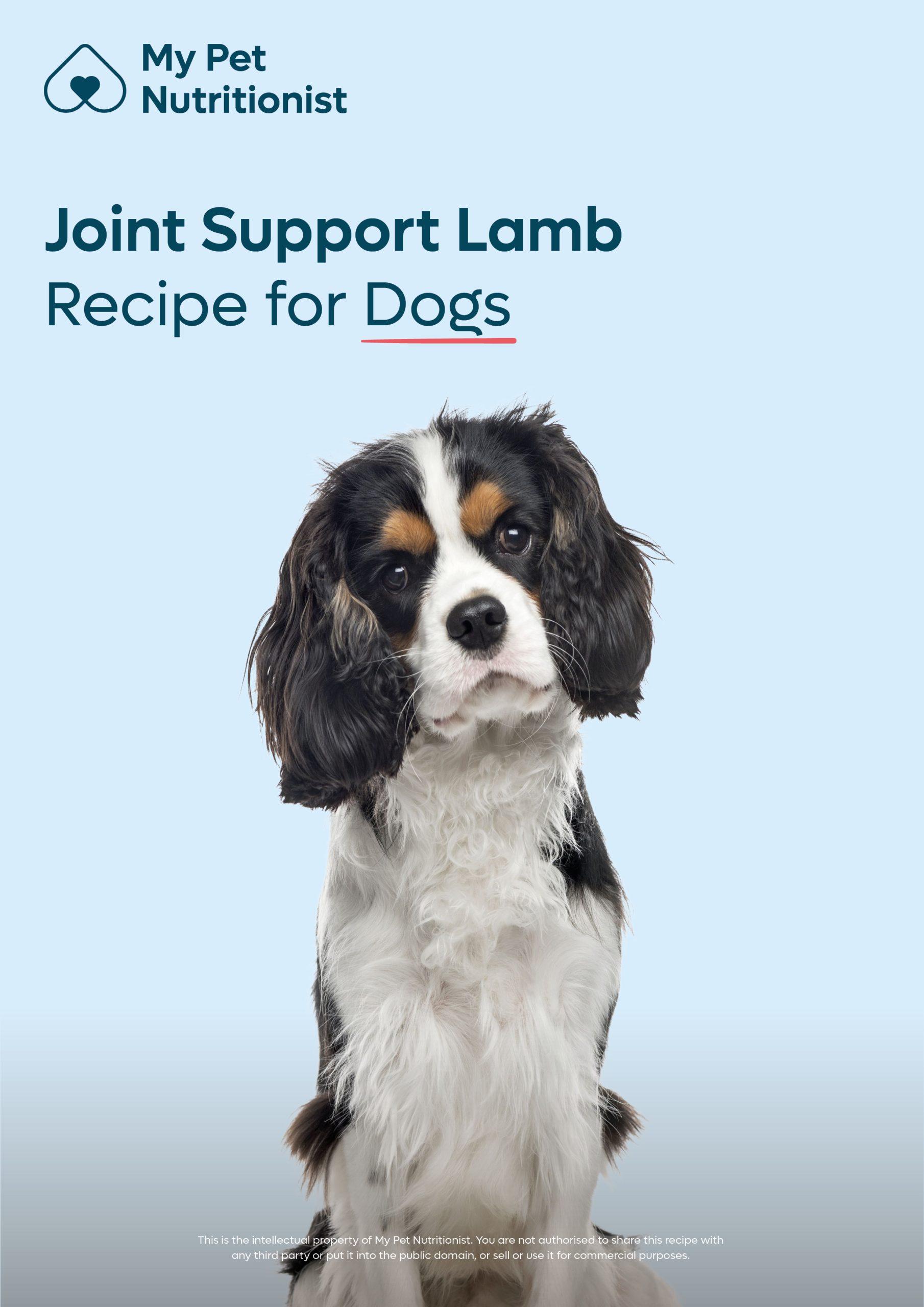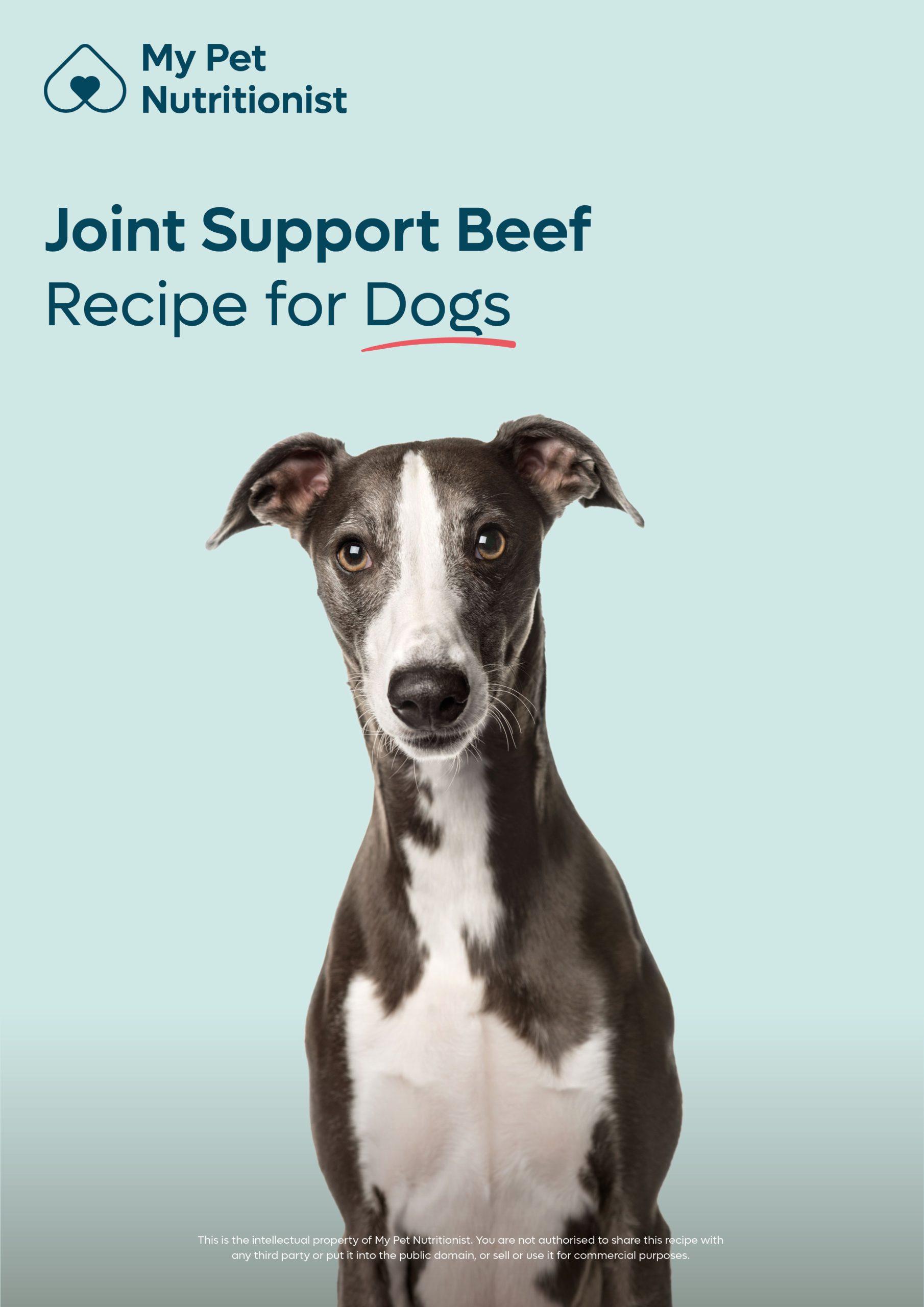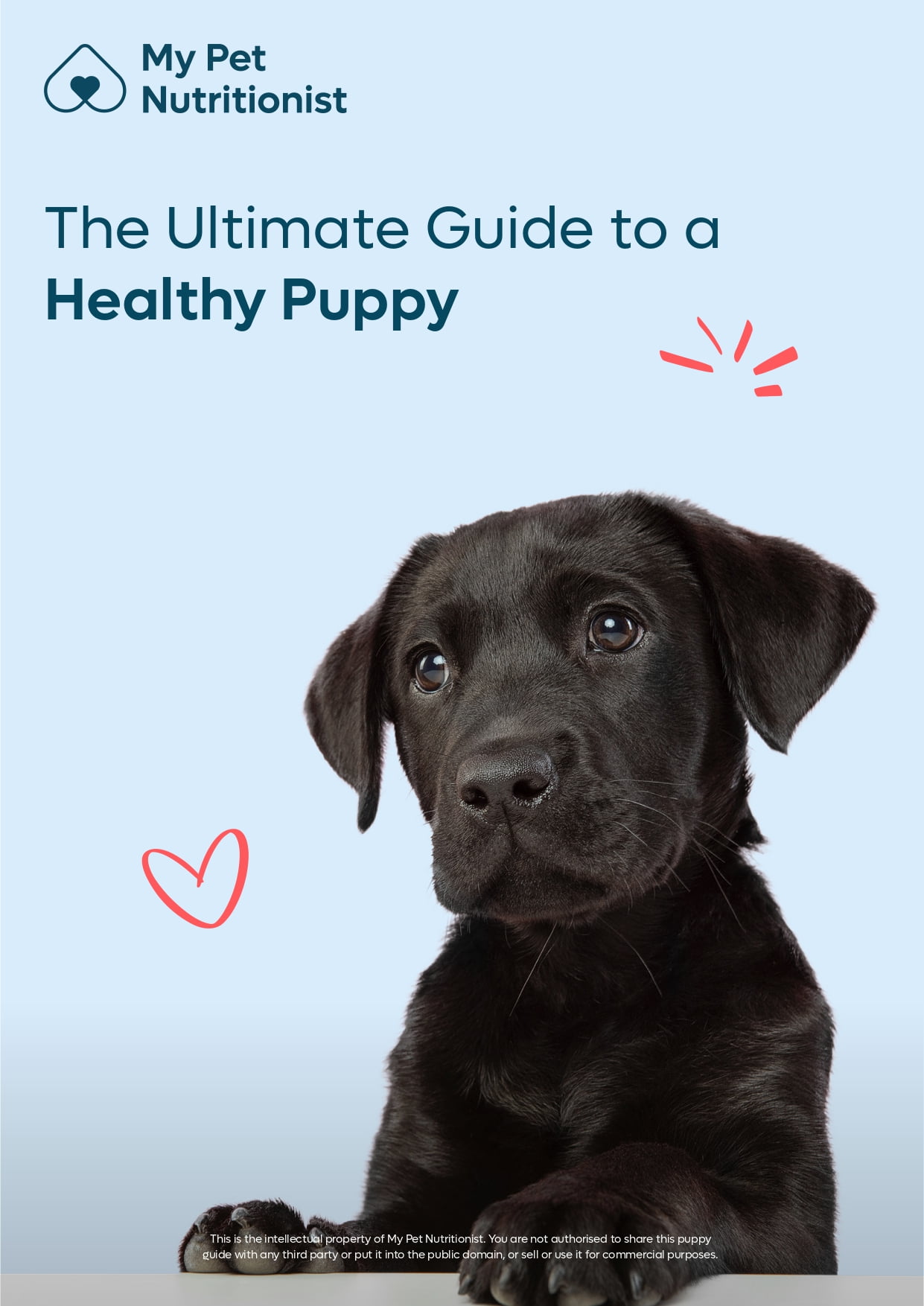-
£29.99£29.99£119.00£19.99£6.99
Cart
8
Cart
8


 Read Now
Read Now
 Read Now
Read Now
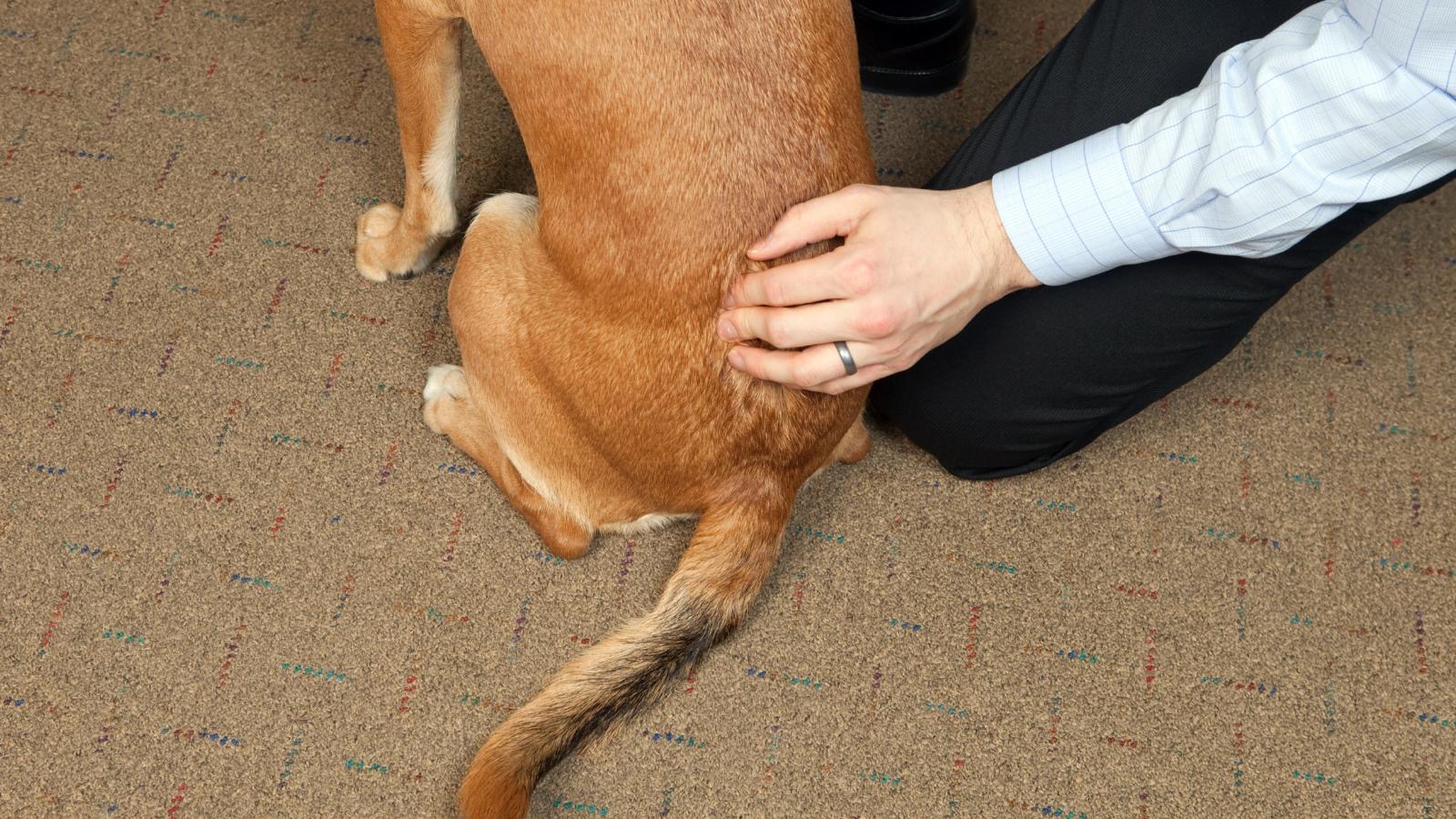 Read Now
Read Now
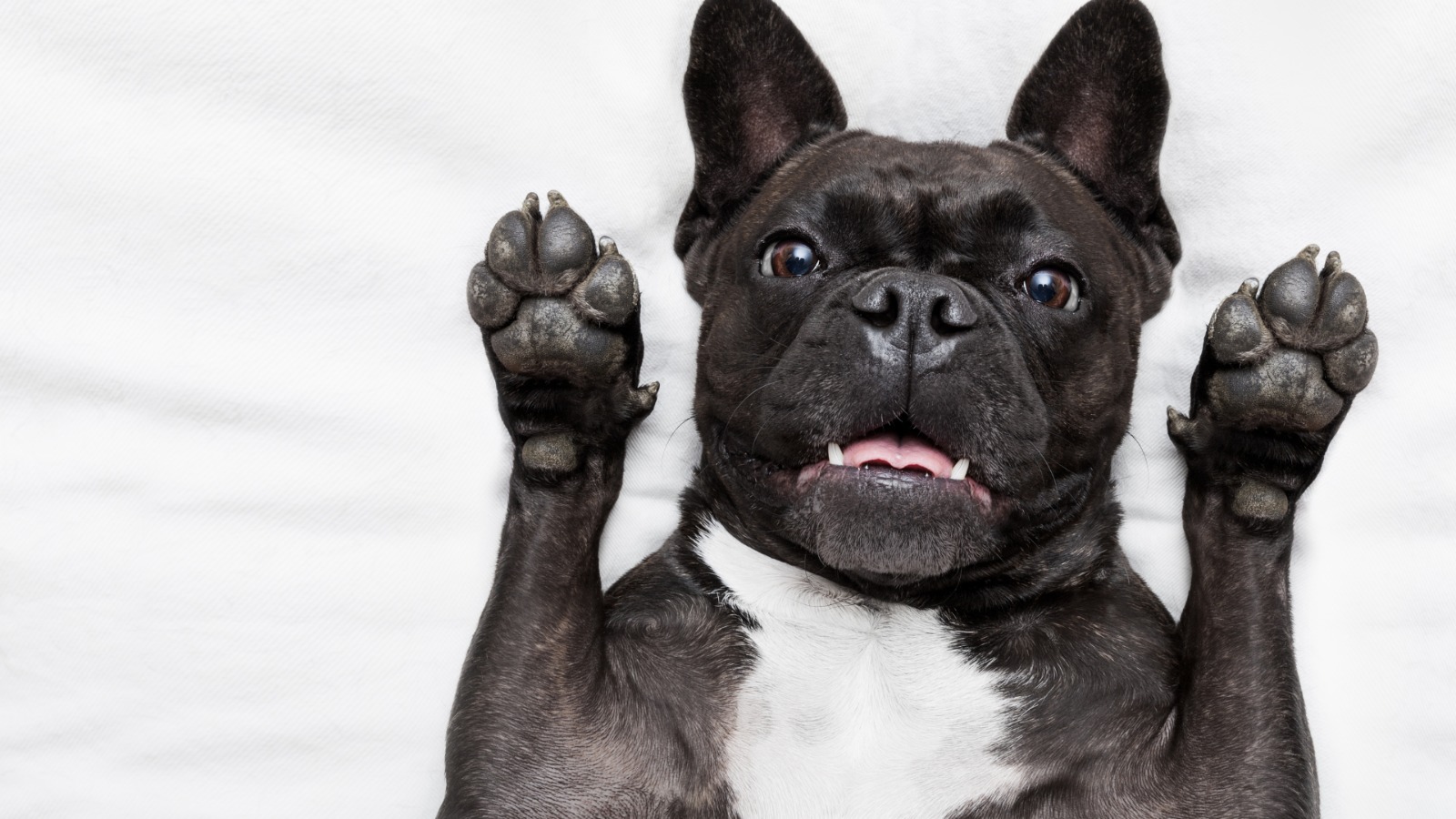 Read Now
Read Now
 Read Now
Read Now
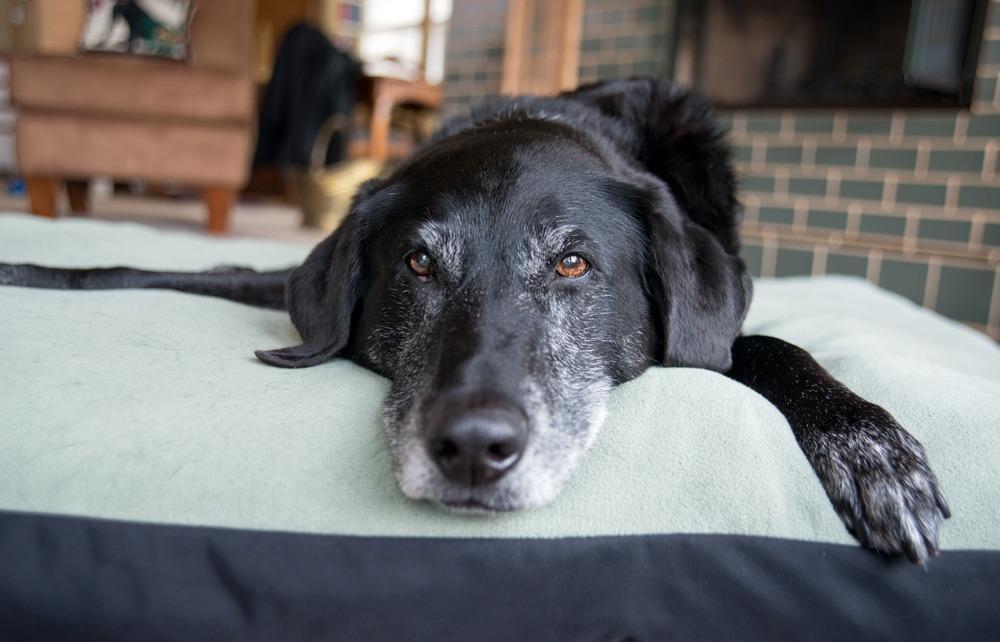 Read Now
Read Now
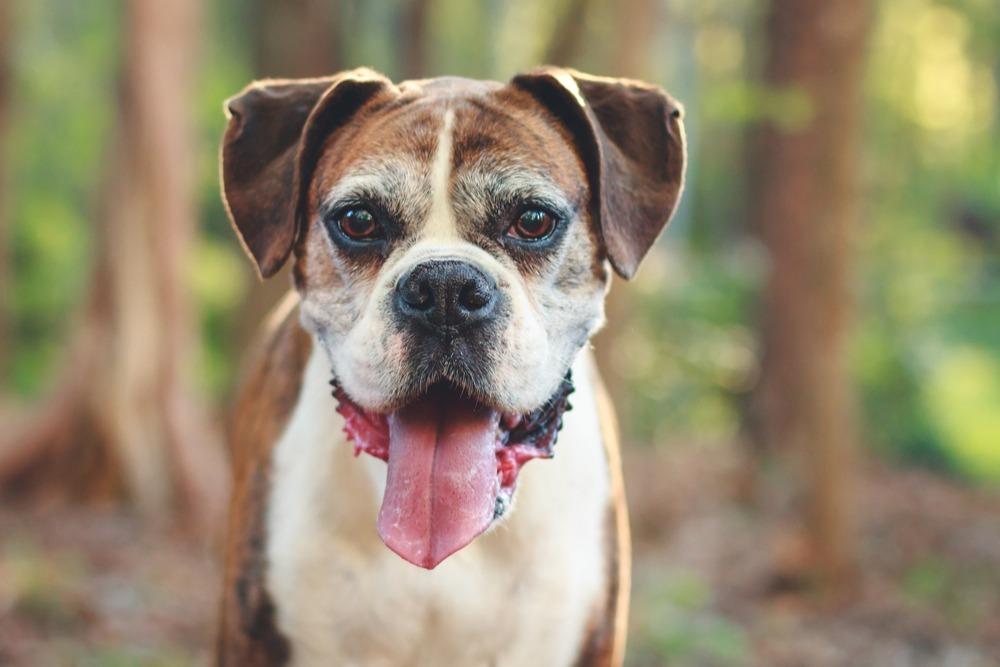 Read Now
Read Now
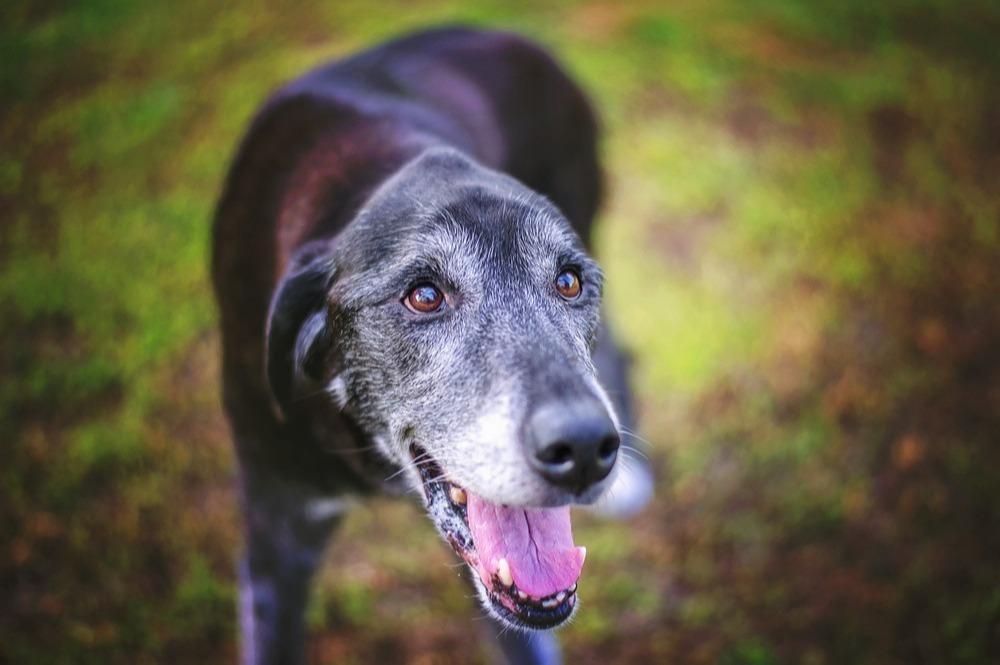 Read Now
Read Now
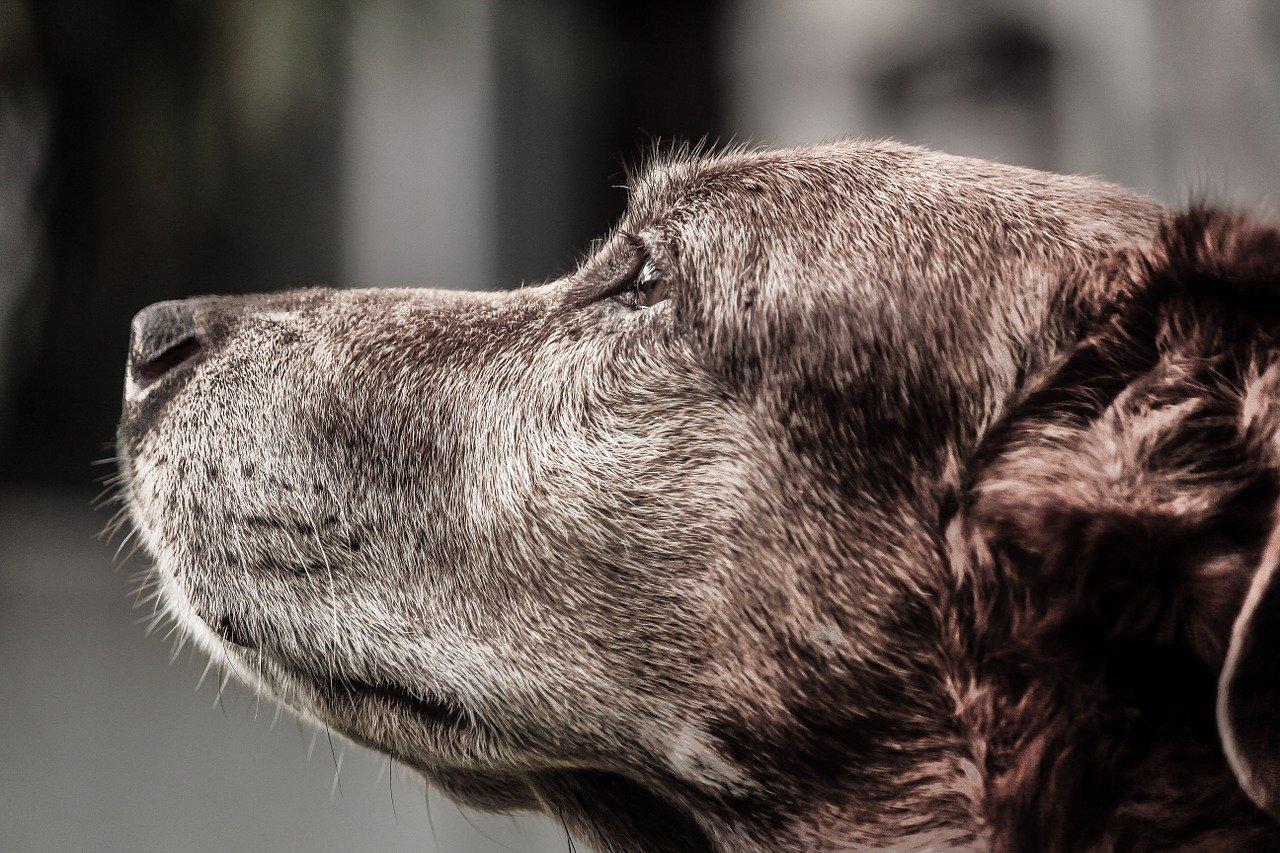 Read Now
Read Now
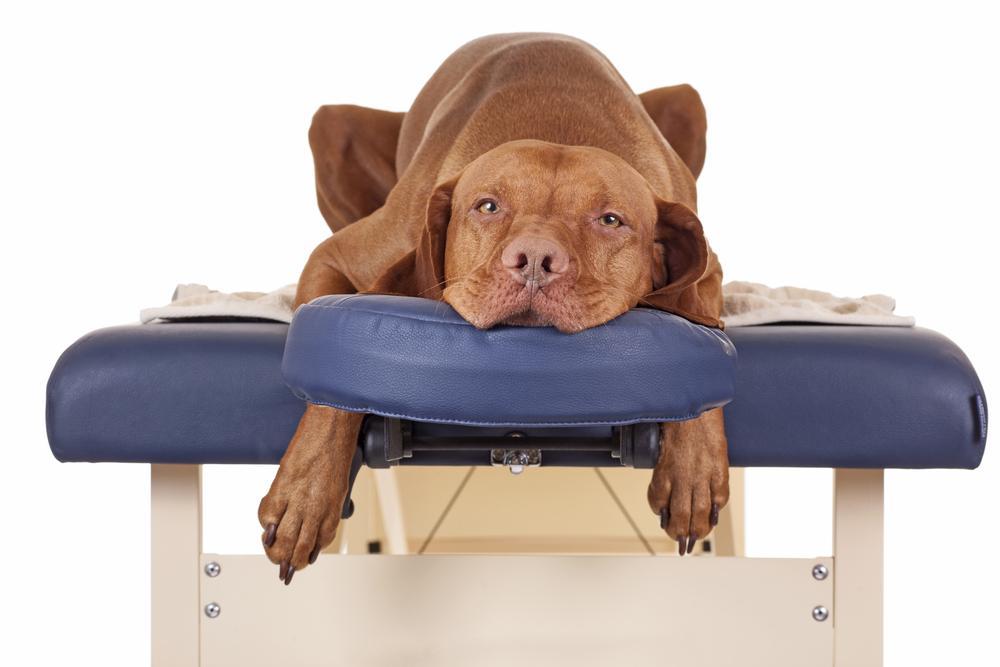 Read Now
Read Now
 Read Now
Read Now
-
£29.99£29.99£119.00£19.99£6.99

Dog Massage – What you Need to Know
- September 24, 2020
- 9 min read
In anxiety and pain, MPN have often worked with other practitioners, including massage therapists, as a wonderful adjunct to nutrition.
Massage has long been recognised as a valid form of healing with humans, its practice dating back around 5000 years, if not more. With canine massage we are not looking to reinvent the wheel, we take what we know is of benefit and apply it to our dogs. So how can we use this with our dogs? We can look to split this question into three separate answers, exploring the versatile use of massage.
PAIN
Pain comes in many different forms and can occur for various reasons including musculoskeletal issues, injury or surgery. Compensatory tension can occur when a dog adjusts their gait and weight bearing distribution to alleviate pressure on an area that is painful. Massage can look to restore balance, addressing the root of pain and the domino effect it sends across the body. Massage is a vital tool in a multimodal approach to pain management, combining complementary, alternative and conventional practices together.
CONDITIONING
A human athlete has extensive plans in place to reach optimum physical fitness, the same can be provided to our canine athletes. We have working gun dogs where stamina and strength need to exceed in their performance. Then there are the show ring dogs, examples of their breed need to be supple and well toned. Massage can be used to smooth out the muscle foundations to then build structures of strength to perform at their best, in the interest of injury prevention and condition maintenance.
Check it out
EMOTIONAL
We think it’s fair to say that most people who have been for a massage can agree that they feel “relaxed?” An hour of stillness away from the hustle and bustle of life. Nervous, hyperactive or reactive dogs need this time to unplug too. Stagnant cortisol and adrenaline sits in the tissue and then floats around the bloodstream, contributing to a chronic state of stress. This can then be reignited by the postman at the door or an encounter with an off lead dog having the recall of a teaspoon. Massage can help to dislodge these from muscle tissue and drain out of the body, this is also why it is important to provide freshwater during a session to aid this detoxification. Pain and behaviour are intrinsically linked.
Findings here
All the above blend and overlap, you could have a reactive dog that is acting out due to pain. Or a competing dog that isn’t performing well due to apprehension of an activity they sustained an old injury from. It comes down to listening and watching your dog for subtle signs of pain and changes in behaviour. This includes emotional behaviour, a once happy dog is now grumpy or even behaviour changes in the GI Tract.
How would you describe pain to someone?
Pain is an extremely personal experience by nature, what you may find uncomfortable another person could find agonising. The same goes for our dogs, depending on genetic traits, life experiences, time period and level of injury will help determine how well your dog manages its own pain levels and responses. Just because on palpation the Labrador didn’t yelp, doesn’t mean it hurts any less than the hypersensitive Chihuahua who yelps before you’ve even touched them.
Dogs in their very nature will hide pain in an attempt to elude an air of strength. It is part of their heritage that they hide pain, so be under no illusion that your dog that just jumped off the sofa and yelped is now ready to go on their walk 5 minutes later. For the most part your dog will do ANYTHING to please you, even if it’s to their own detriment.
Subtle changes to look for
Changes in coat- Oxygen and nutrient starved muscles under the dermis have no resources to send nutrients upwards in the hair follicles. Is the fur coarse and perhaps the skin is flakey?
Heat- A natural response to inflammation, the body sending resources through oxygenated blood to best protect a joint for example. As much as this is important for preservation, too much heat and swelling can in itself become more of a painful issue than the joint itself.
Digits- Digits are a huge tell tale sign of uneven weight distribution across the limbs. Are the toes sat flush, what is their ROM, fluid or stiff? Are the toes splayed and constant trembling of the upper part of the limb causing the weight distribution to shift from distal to proximal digits. Look at nail wear, is it even, overgrown? All can be signs of issues elsewhere in the body, work from the ground up.
The most common reason that a dog will come to my clinic is for pain management. One of the biggest give aways of subtle tension is how the fascia responds to manipulation.
FASCIA
One of my most favourite things to talk about, alongside species appropriate nutrition.Fascia is a collagen based 3D web structure, located throughout the body for it’s fibrous strength and versatility. With soft tissue work, manipulation of the superficial and deep fascia is inevitable, located beneath the dermis and enveloping the muscles and other structures in the body. Not only are the structural properties of fascia vital for your dogs health, but its receptor abilities cannot be underestimated.
Nociceptors-Rich in myelinated and un-myelinated nerve endings, it has ability to report pressure and pain to the brain.
Findings here
Proprioceptors-Spatial awareness, the ability to aim for a target and hit it. A dog is able to look at you, but reach its hind limb forward to scratch their ear.
Findings here
Interoceptors-Emotional state becoming a full body experience. Feeling anxious and a tightness comes across your chest.
Findings here
Taking the above roles of fascia into account, we can look to understand its effect on the physical and emotional health of your dog. In clinic, massage can be a wonderful diagnostic tool to point towards areas of tension, with gentle manipulation of the skin the fascia can send spasmodic flickers across the body after hitting on a trigger point. A particularly deep seated point of tension can restrict normal function of a muscle, this could have been caused by repeated micro tears to the area. Ball chasing is a big culprit for this, taking your dog to the same park everyday and throwing a ball 20 times will put the same pressure on the same areas causing these micro tears. Some people do this to tire their dog out, when actually you’re crafting an athlete. Walk with your dog, be present and enjoy it together, a dog doesn’t have to be running around like mad for it to be a worthwhile walk.We need to preserve musculoskeletal health of dogs and sadly with ball flingers due to the increased speed and distance, when your dog comes to an almighty halt the pure force that crashes through the body is immense and sometimes creating such damage a dog can go lame. Not allowing time to rest and heal it is too easy to continue re-injuring, with each tear comes a repair.
Poor repair can increase the chances of muscle adhesions and embedded fascia reducing flexibility and have potential consequences on a once fluid gait. For example take a look at your typical hip dysplasia case, start at the neck. Feel the skin glide across the layers of muscle, its fluid you can pick the skin up and roll between your fingers. As you move further down the spine towards the lumbar region you may notice we lose this fluid motion of the skin. The area may carry heat, you’re unable to roll the skin and the dog has just turned round to look at you. You have a hypersensitive area, potential muscle atrophy, tension and embedded fascia. Fascia work doesn’t have to be deep firm pressure, but in fact a mixture of light pressure cross fibre friction techniques to begin peeling back layers of tension and restrictions. Looser fascia brings increased ROM, with that comes the ability to build on muscle strength and further restorative activities to improve a dogs quality of life. This is something you can with relative ease begin to work on at home with your dog. However don’t go in all hands heavy grabbing at the skin, follow your dog’s lead, be responsive to their behaviour. We don’t want to cause pain, just work slowly and softly rolling the skin and gliding it over the muscles, you soon may find a spot that is rigid. If you can’t gently roll up into your fingers just start with moving the area in a circle motion using the flat of your hand or fingertips depending on the size of your dog. Imagine you are rubbing hand sanitiser into your hand (how adpt), that’s the sort of pressure you’re looking for, being mindful of reduced pressure on bony areas.
A hot topic in the world of dogs is, what treatments work best? The truth is there isn’t one size fits all answer, pain management is very personal and a multimodal approach is the key. Massage is a wonderful tool, but equally as important is species appropriate nutrition and owner education. My Pet Nutritionist can help with managing behaviour and pain on the nutritional front. Taking the time to understand your canine patients lifestyle and explain about capability changes,feeding fresh to nourish and heal the body from the inside out. Not forgetting to ditch the ball flinger and demonstrating low level techniques to be using at home daily as part of your dog’s normal routine. Given half a chance the body is capable of incredible things, healing being one of them. To be your dog’s champion sometimes you have to be the fun police… but we promise you, small changes can have huge impacts on your dog’s health and longevity.
Nourish your dogs with fresh or species appropriate nutrition, massage and other modalities.
If you wish to know more about massage, we work with gait analysis specialists and may be able to assist you.
MPN Team x
Massage has long been recognised as a valid form of healing with humans, its practice dating back around 5000 years, if not more. With canine massage we are not looking to reinvent the wheel, we take what we know is of benefit and apply it to our dogs. So how can we use this with our dogs? We can look to split this question into three separate answers, exploring the versatile use of massage.
PAIN
Pain comes in many different forms and can occur for various reasons including musculoskeletal issues, injury or surgery. Compensatory tension can occur when a dog adjusts their gait and weight bearing distribution to alleviate pressure on an area that is painful. Massage can look to restore balance, addressing the root of pain and the domino effect it sends across the body. Massage is a vital tool in a multimodal approach to pain management, combining complementary, alternative and conventional practices together.CONDITIONING
A human athlete has extensive plans in place to reach optimum physical fitness, the same can be provided to our canine athletes. We have working gun dogs where stamina and strength need to exceed in their performance. Then there are the show ring dogs, examples of their breed need to be supple and well toned. Massage can be used to smooth out the muscle foundations to then build structures of strength to perform at their best, in the interest of injury prevention and condition maintenance.Check it out
EMOTIONAL
We think it’s fair to say that most people who have been for a massage can agree that they feel “relaxed?” An hour of stillness away from the hustle and bustle of life. Nervous, hyperactive or reactive dogs need this time to unplug too. Stagnant cortisol and adrenaline sits in the tissue and then floats around the bloodstream, contributing to a chronic state of stress. This can then be reignited by the postman at the door or an encounter with an off lead dog having the recall of a teaspoon. Massage can help to dislodge these from muscle tissue and drain out of the body, this is also why it is important to provide freshwater during a session to aid this detoxification. Pain and behaviour are intrinsically linked.Findings here
All the above blend and overlap, you could have a reactive dog that is acting out due to pain. Or a competing dog that isn’t performing well due to apprehension of an activity they sustained an old injury from. It comes down to listening and watching your dog for subtle signs of pain and changes in behaviour. This includes emotional behaviour, a once happy dog is now grumpy or even behaviour changes in the GI Tract.
How would you describe pain to someone?
Pain is an extremely personal experience by nature, what you may find uncomfortable another person could find agonising. The same goes for our dogs, depending on genetic traits, life experiences, time period and level of injury will help determine how well your dog manages its own pain levels and responses. Just because on palpation the Labrador didn’t yelp, doesn’t mean it hurts any less than the hypersensitive Chihuahua who yelps before you’ve even touched them.Dogs in their very nature will hide pain in an attempt to elude an air of strength. It is part of their heritage that they hide pain, so be under no illusion that your dog that just jumped off the sofa and yelped is now ready to go on their walk 5 minutes later. For the most part your dog will do ANYTHING to please you, even if it’s to their own detriment.
Subtle changes to look for
Changes in coat- Oxygen and nutrient starved muscles under the dermis have no resources to send nutrients upwards in the hair follicles. Is the fur coarse and perhaps the skin is flakey?Heat- A natural response to inflammation, the body sending resources through oxygenated blood to best protect a joint for example. As much as this is important for preservation, too much heat and swelling can in itself become more of a painful issue than the joint itself.
Digits- Digits are a huge tell tale sign of uneven weight distribution across the limbs. Are the toes sat flush, what is their ROM, fluid or stiff? Are the toes splayed and constant trembling of the upper part of the limb causing the weight distribution to shift from distal to proximal digits. Look at nail wear, is it even, overgrown? All can be signs of issues elsewhere in the body, work from the ground up.
The most common reason that a dog will come to my clinic is for pain management. One of the biggest give aways of subtle tension is how the fascia responds to manipulation.
FASCIA
One of my most favourite things to talk about, alongside species appropriate nutrition.Fascia is a collagen based 3D web structure, located throughout the body for it’s fibrous strength and versatility. With soft tissue work, manipulation of the superficial and deep fascia is inevitable, located beneath the dermis and enveloping the muscles and other structures in the body. Not only are the structural properties of fascia vital for your dogs health, but its receptor abilities cannot be underestimated.Nociceptors-Rich in myelinated and un-myelinated nerve endings, it has ability to report pressure and pain to the brain.
Findings here
Proprioceptors-Spatial awareness, the ability to aim for a target and hit it. A dog is able to look at you, but reach its hind limb forward to scratch their ear.
Findings here
Interoceptors-Emotional state becoming a full body experience. Feeling anxious and a tightness comes across your chest.
Findings here
Taking the above roles of fascia into account, we can look to understand its effect on the physical and emotional health of your dog. In clinic, massage can be a wonderful diagnostic tool to point towards areas of tension, with gentle manipulation of the skin the fascia can send spasmodic flickers across the body after hitting on a trigger point. A particularly deep seated point of tension can restrict normal function of a muscle, this could have been caused by repeated micro tears to the area. Ball chasing is a big culprit for this, taking your dog to the same park everyday and throwing a ball 20 times will put the same pressure on the same areas causing these micro tears. Some people do this to tire their dog out, when actually you’re crafting an athlete. Walk with your dog, be present and enjoy it together, a dog doesn’t have to be running around like mad for it to be a worthwhile walk.We need to preserve musculoskeletal health of dogs and sadly with ball flingers due to the increased speed and distance, when your dog comes to an almighty halt the pure force that crashes through the body is immense and sometimes creating such damage a dog can go lame. Not allowing time to rest and heal it is too easy to continue re-injuring, with each tear comes a repair.
Poor repair can increase the chances of muscle adhesions and embedded fascia reducing flexibility and have potential consequences on a once fluid gait. For example take a look at your typical hip dysplasia case, start at the neck. Feel the skin glide across the layers of muscle, its fluid you can pick the skin up and roll between your fingers. As you move further down the spine towards the lumbar region you may notice we lose this fluid motion of the skin. The area may carry heat, you’re unable to roll the skin and the dog has just turned round to look at you. You have a hypersensitive area, potential muscle atrophy, tension and embedded fascia. Fascia work doesn’t have to be deep firm pressure, but in fact a mixture of light pressure cross fibre friction techniques to begin peeling back layers of tension and restrictions. Looser fascia brings increased ROM, with that comes the ability to build on muscle strength and further restorative activities to improve a dogs quality of life. This is something you can with relative ease begin to work on at home with your dog. However don’t go in all hands heavy grabbing at the skin, follow your dog’s lead, be responsive to their behaviour. We don’t want to cause pain, just work slowly and softly rolling the skin and gliding it over the muscles, you soon may find a spot that is rigid. If you can’t gently roll up into your fingers just start with moving the area in a circle motion using the flat of your hand or fingertips depending on the size of your dog. Imagine you are rubbing hand sanitiser into your hand (how adpt), that’s the sort of pressure you’re looking for, being mindful of reduced pressure on bony areas.
A hot topic in the world of dogs is, what treatments work best? The truth is there isn’t one size fits all answer, pain management is very personal and a multimodal approach is the key. Massage is a wonderful tool, but equally as important is species appropriate nutrition and owner education. My Pet Nutritionist can help with managing behaviour and pain on the nutritional front. Taking the time to understand your canine patients lifestyle and explain about capability changes,feeding fresh to nourish and heal the body from the inside out. Not forgetting to ditch the ball flinger and demonstrating low level techniques to be using at home daily as part of your dog’s normal routine. Given half a chance the body is capable of incredible things, healing being one of them. To be your dog’s champion sometimes you have to be the fun police… but we promise you, small changes can have huge impacts on your dog’s health and longevity.
Nourish your dogs with fresh or species appropriate nutrition, massage and other modalities.
If you wish to know more about massage, we work with gait analysis specialists and may be able to assist you.
MPN Team x
Customer Reviews
Explore related products
Related articles

General HealthArthritisFirst AidSenior
How to Choose the Best Omega Oil for Pets
May 03 2024
•
12 mins 45 secs

General HealthArthritisFirst AidSenior
Should I Feed my Itchy Dog a Cool Protein?
Jan 18 2024
•
4 mins 40 secs

General HealthArthritisFirst AidSenior
The Low Down on Spondylosis in Dogs
Dec 14 2023
•
12 mins 40 secs

General HealthArthritisFirst AidSenior
Oxalate Stones – What You Need to Know
Jul 13 2023
•
2 mins 40 secs

General HealthArthritisFirst AidSenior
The Ultimate Guide to Knuckling in Dogs
Dec 15 2022
•
8 mins

General HealthArthritisFirst AidSenior
5 Things To Include In The Senior Dog’s Bowl
Sep 05 2022
•
4 mins 30 secs

General HealthArthritisFirst AidSenior
The Nutritional Needs of the Senior Dog
May 12 2022
•
5 mins 26 sec

General HealthArthritisFirst AidSenior
Supporting The Senior Dog’s Cognitive Function
May 05 2022
•
5 mins 58 secs

General HealthArthritisFirst AidSenior
Keeping Your Senior Dog Healthy
Aug 17 2021
•
5 min read

General HealthArthritisFirst AidSenior
Dog Massage – What you Need to Know
Sep 24 2020
•
9 min read

General HealthArthritisFirst AidSenior
Natural Arthritis Guide and Herbs to Help Dogs
Aug 14 2020
•
18 min read
✕









